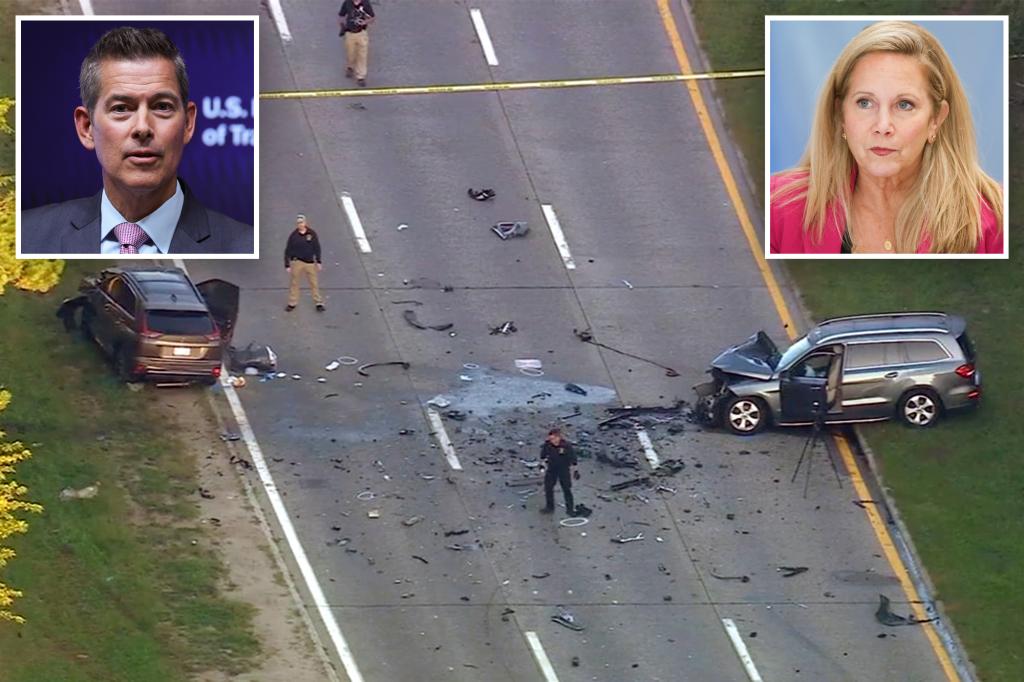Every Seven Minutes: Long Island’s Disturbing Car Crash Epidemic
Long Island faces a mounting public safety emergency as new data reveals a serious car crash occurs every seven minutes across Nassau and Suffolk counties. U.S. Representative Thomas Suozzi sounded alarms this week, demanding immediate action to address what transportation experts now characterize as a regional crisis with national implications. The startling frequency of collisions—amounting to over 200 daily—has left communities reeling as fatalities and severe injuries continue climbing despite recent infrastructure improvements.
Crash Statistics Paint Grim Picture
An analysis of 2023 NYSDOT reports shows Long Island’s crash rate surpasses both state and national averages by alarming margins:
- 78,000+ annual crashes reported across both counties
- 17% increase in fatal collisions since 2020
- Pedestrian fatalities up 23% year-over-year
- 60% of serious crashes occur on just 12 major corridors
“These aren’t just numbers—they represent families torn apart every single day,” said Rep. Suozzi during a press conference in Mineola. The congressman cited inadequate road designs, distracted driving epidemics, and insufficient traffic enforcement as key contributors to the crisis.
Dangerous Roads: Infrastructure Failures Under Scrutiny
Transportation engineers identify several structural factors exacerbating the problem:
- Outdated roadway designs from the 1960s-70s unable to handle current traffic volumes
- Inconsistent lane widths and poorly timed signals on major arteries like Sunrise Highway
- Minimal pedestrian protections along commercial strips with high foot traffic
Dr. Alicia Chen, a Columbia University urban planning professor, explains: “Long Island’s infrastructure represents a perfect storm of aging systems meeting population growth. The parkways weren’t designed for today’s SUVs, and the suburban sprawl forces excessive dependency on vehicles.”
The Human Toll Behind the Statistics
Behind the alarming frequency of crashes lie countless personal tragedies. The Hempstead Turnpike—dubbed “Blood Alley” by first responders—has seen 14 pedestrian deaths in 18 months. Among the victims was 68-year-old Maria Rodriguez, struck while crossing at an intersection with a malfunctioning walk signal.
“My mother followed every rule, yet the system failed her,” testified her daughter Sofia during a recent town hall. “Seven minutes might be a statistic to officials, but to us, it’s the difference between having dinner together and planning a funeral.”
Enforcement Challenges and Driver Behavior
While infrastructure plays a role, law enforcement reports disturbing trends in driver conduct:
- 42% increase in speeding citations since pandemic restrictions lifted
- Distracted driving involved in 31% of fatal crashes
- DUI arrests remain 18% above pre-2020 levels
Nassau County Police Commissioner Patrick Ryder stated, “We’re seeing unprecedented recklessness—people treating the Southern State like a racetrack while scrolling through phones. No infrastructure can compensate for that level of negligence.”
Potential Solutions and Roadblocks
Proposed interventions have sparked debate among stakeholders:
- Immediate measures: Enhanced DWI checkpoints, speed cameras in school zones
- Mid-term solutions: Road diet programs to narrow lanes and calm traffic
- Long-term proposals: Complete street redesigns with protected bike lanes
However, budget constraints and bureaucratic hurdles loom large. A $150 million federal grant for Northern Boulevard safety improvements remains stalled in environmental review after three years. Meanwhile, some business owners resist changes that might reduce parking availability.
What Comes Next for Long Island Roads?
With crash-related hospitalizations costing an estimated $287 million annually, healthcare leaders join the call for action. Northwell Health trauma chief Dr. James O’Connor notes, “Our ERs have become ground zero for this crisis. Every dollar spent on prevention saves ten in acute care.”
As summer travel season approaches, officials urge drivers to:
- Eliminate phone use while driving
- Strictly observe speed limits
- Report dangerous road conditions
The coming months will prove critical as lawmakers consider emergency funding measures. For residents, the seven-minute countdown between tragedies continues—a relentless reminder that solutions can’t arrive soon enough. Concerned citizens can contact their local representatives through the NYS Assembly website to demand faster action on road safety measures.
See more Update My News



